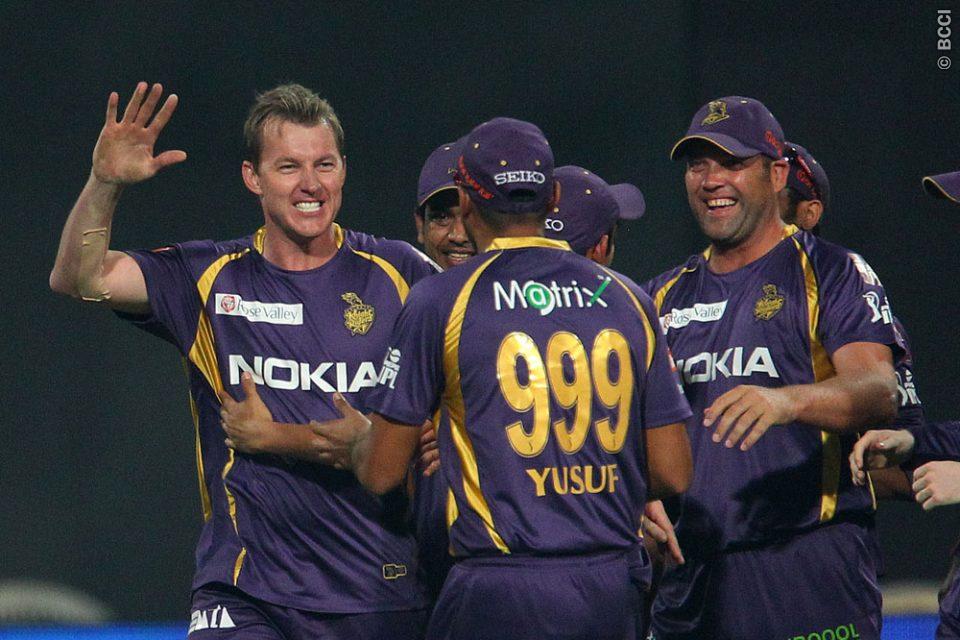Pragyan Ojha: Bowling proper Length Was Key
Pragyan Ojha got purchase from a wicket that was expected to aid pace as the Mumbai Indians posted their first win of the Karbonn Smart Champions League Twnety20 2013. The left-arm spinner emerged with the most scalps in the game. He rattled Jean Symes’ stumps after being hit over the rope and followed up with the wicket of Sohail Tanvir to keep the Highveld Lions’ run-rate in check. (Also Read: Mumbai Indians vs Highveld Lions, M11 - Report: CLT20-2013)
The bowler told clt20.com after the match that he had been working on his length under the tutorship of former India captain and legendary leg-spinner Anil Kumble and the guidance of Robin Singh. In a format where every single delivery matters, Ojha explained how he and the MI bowling unit have been working to keep their opponents guessing. (Also Read: Mumbai Indians vs Highveld Lions, M11 - Stats Highlights: CLT20-2013)
Excerpts from his interview:
Happy to get a win under your belt
After the rain and before that losing to Rajasthan Royals, this was an important game and we won and I think from here we will carry the momentum and move on.
How did you prepare to bowl on a wicket that was expected to be conducive to pace bowling?
I think this a very good wicket to bat on and for seamers there is something to do off the wicket. So the most important thing that I was working on was my length, because you cannot mess around with your length; you have to be on the dot. So that’s what I have been working for a couple of days. Today also I came early and I was bowling. That’s what I was trying to work with Robin Singh and Anil Kumble. I was only focusing on length.
How about that dismissal of Jean Symes, who had hit you for a six off the previous ball?
The previous ball that went for a six, that was a bad length; that’s what I told myself. I knew if I bowl the right length, everything is going to happen. I just backed myself. I went back and told myself that I just have to bowl the length that I have been bowling in the nets and that’s what I wanted to do. I wanted to bowl stump to stump, and if he misses, I hit.
What was it like bowling in tandem with Harbhajan Singh?
It’s the whole bowling unit that we have, Mitchell Johnson, Bhajju paa (Harbhajan Singh), then Nathan Coulter-Nile, sometimes Polly (Kieron Pollard); we gel together. We sit down, and we plan things. So it’s like everyone is distributing their work, so the work pressure comes down and everybody is enjoying each others’ company and that’s what is more important.
What inputs have you received from Anil Kumble?
Every time I interact with these guys like Robin Singh and Anil Bhai, it is about their experience. They tell us how to go about, especially on these kinds of tracks. If you have people like Robin and Anil Bhai they tell you what to do. Being with them really helps you.
They tell us how to approach, what are the lengths that you are going to hit, what are the areas that you have to bowl, the field placements, etc. These things are very crucial. These guys have played a lot of cricket and we also have Sachin Paaji (Sachin Tendulkar) with us. As young guys, we get to learn a lot of things when we are playing with them.
How different is it bowling in T20s as compared to Tests?
That’s one of the biggest challenge that everyone is facing. There are three different formats, but in this era you have to adapt to the situation as early as possible. I am thanking God for giving me the ability to adapt. You have to make adjustments with the pace, with the field placement and then with varying your line and length.
In Tests you have to be patient and play with the batsman’s mind. But here the batsman is going after you, so you cannot bowl the same ball every time; so it’s a challenging game. The batsman is trying to take you on, so that’s how you have to be thinking all the time. In Test cricket you have lot of time to outthink the batsman even when he hits you out of the park. But in T20 everything happens so fast that even one ball can change the course of the game.
Do you focus on containing a batsman or getting him out, in T20s?
In any format if you take wickets, you contain the opponent. So I believe in picking wickets.
And finally, against the Lions, what were you hoping to restrict them to?
Our plan was that since it is a very good track, it is not turning much; it’s a true wicket, so we were just thinking that we don’t have to give them easy boundaries. We had a plan of restricting them to 150; something, which is gettable on this wicket. But the most important thing was not giving them easy boundaries.
source: clt20.com




Comments
Post a Comment